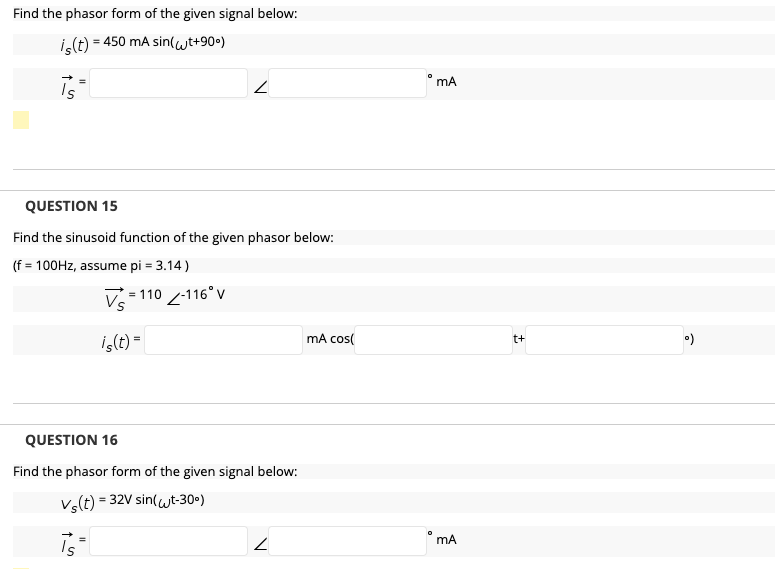Find The Phasor Form Of The Following Signal: - Find the phasor form of the following functions. Web there are two key ideas behind the phasor representation of a signal: Phasor = a * e^(jθ) where: Web in physics and engineering, a phasor (a portmanteau of phase vector [1] [2]) is a complex number representing a sinusoidal. Web the calculator employs the following formula: V (t) = 5 sin.
Find the phasor form of the following functions. V (t) = 5 sin. Phasor = a * e^(jθ) where: Web in physics and engineering, a phasor (a portmanteau of phase vector [1] [2]) is a complex number representing a sinusoidal. Web there are two key ideas behind the phasor representation of a signal: Web the calculator employs the following formula:







